Editor’s note December 2017: Are you following the unfolding and devastating wildfires in California and wondering how to talk about the link between extreme weather events and global warming? Our talking points and Flashcard below can help you make the connection.
If you’re like us, you’ve been following the unfolding catastrophe in Houston, Texas, and along the Gulf Coast and wondering whether climate change had any influence on Hurricane Harvey. The short answer is that climate change didn’t cause this storm, but surely made it more devastating.
There are several ways that climate change can supercharge this kind of storm.
- Hurricanes build up power over warm waters. Rising temperatures like the records set in the Gulf of Mexico over the past years make hurricanes stronger.
- The catastrophic record rainfall (more in a single week than Seattle gets in over a year) and subsequent flooding can be traced to warmer seas that evaporate more quickly and warmer air that holds more water vapor. As the Guardian put it, “So, as temperatures rise around the world, the skies store more moisture and dump it more intensely.”
- Rising sea levels played a role, too. “The storm surge was greater because sea levels have risen 20 cm as a result of more than 100 years of human-related global warming. This has melted glaciers and thermally expanded the volume of seawater.” (20 cm is over half a foot).
So, climate change delivers the outsized heartbreak, destruction, and mayhem that we’re seeing. Obviously we don’t have any studies yet that definitively show the links, but no one would be going out on a limb right now to believe or assert that global warming was a contributing factor in Harvey’s severity.
As we watched news coverage of the storm and its aftermath, it’s been interesting to see how different publications frame the climate connection. It’s a spectrum, from Politico ( Harvey is what climate change looks like), Vox (Climate change did not “cause” Harvey, but it’s a huge part of the story), and Wired ( How climate change fueled hurricane Harvey), to USA Today, which seemed to be trying to appeal to science deniers and the rest of us at the same time—and points somewhere in between. (NBC News: Blame climate change for packing Harvey with rain, but not for its slow pace). And of course there are outlets that will never even mention climate change—unless to dismiss it.
To seize this tragic moment to prompt productive dialogue about the seriousness of climate impacts and the urgency for solutions, here’s our guide for talking about the climate and weather connection in an accurate and forceful way.
Start with the basics. This is crucial. Do not lead with what’s unknown. Is climate change happening? Is it caused by humans? Does it play a role in our weather? Yes, yes, and yes. People need to hear this. People also need to hear clear, honest statements about climate’s role in our weather.
When called upon to talk about climate and extreme weather, here are the fundamental elements to cover before you say anything else:
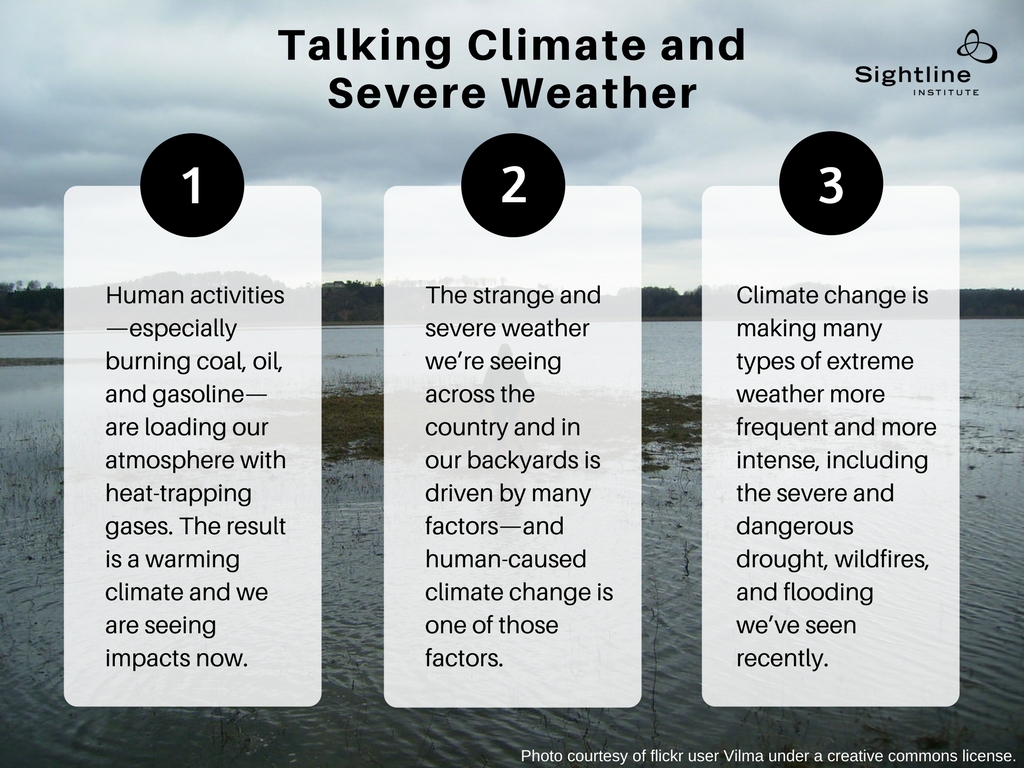
Original Sightline Institute graphic, available under our free use policy.
Click image to download and share.




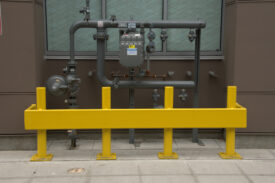
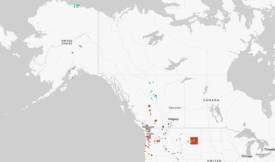
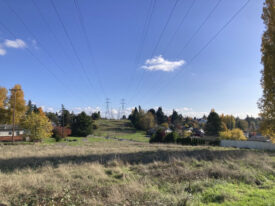
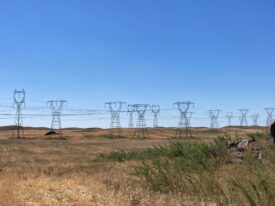

Karen Matsumoto
Terrific! Thank you! Your talking points are so helpful to provide to my students in our Suquamish Climate Change Youth Leadership Club! Keep up the great work!
Jeremy Smithson
Thanks for supplying effective words for these conversations.
An important factor that you haven’t mentioned is the ‘stuck’ jet stream that kept Harvey at bay with a big high pressure ridge (that is causing a heat wave in California as well). It is apparent that the sharply higher temperatures in the arctic is a major factor in stalling the jet stream, and the meander of Harvey in a small area multiplied the heavy precipitation by the extended time spent in the same areas.
It is also instructive to mention that so far in 2017 there have been 110 major floods worldwide. We have a list on our website
Don Steinke
We need more climate writers.
I’ve gotten 50 letters to the editor published in the last five years.
I need more help.